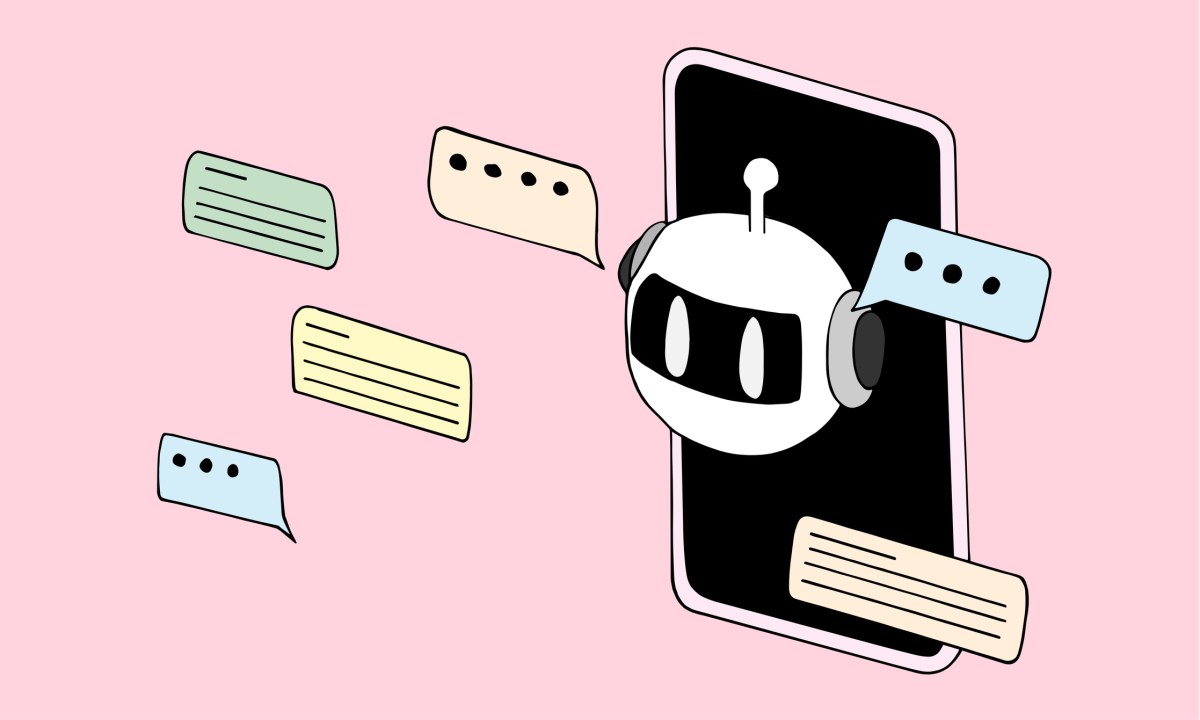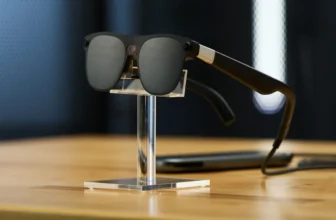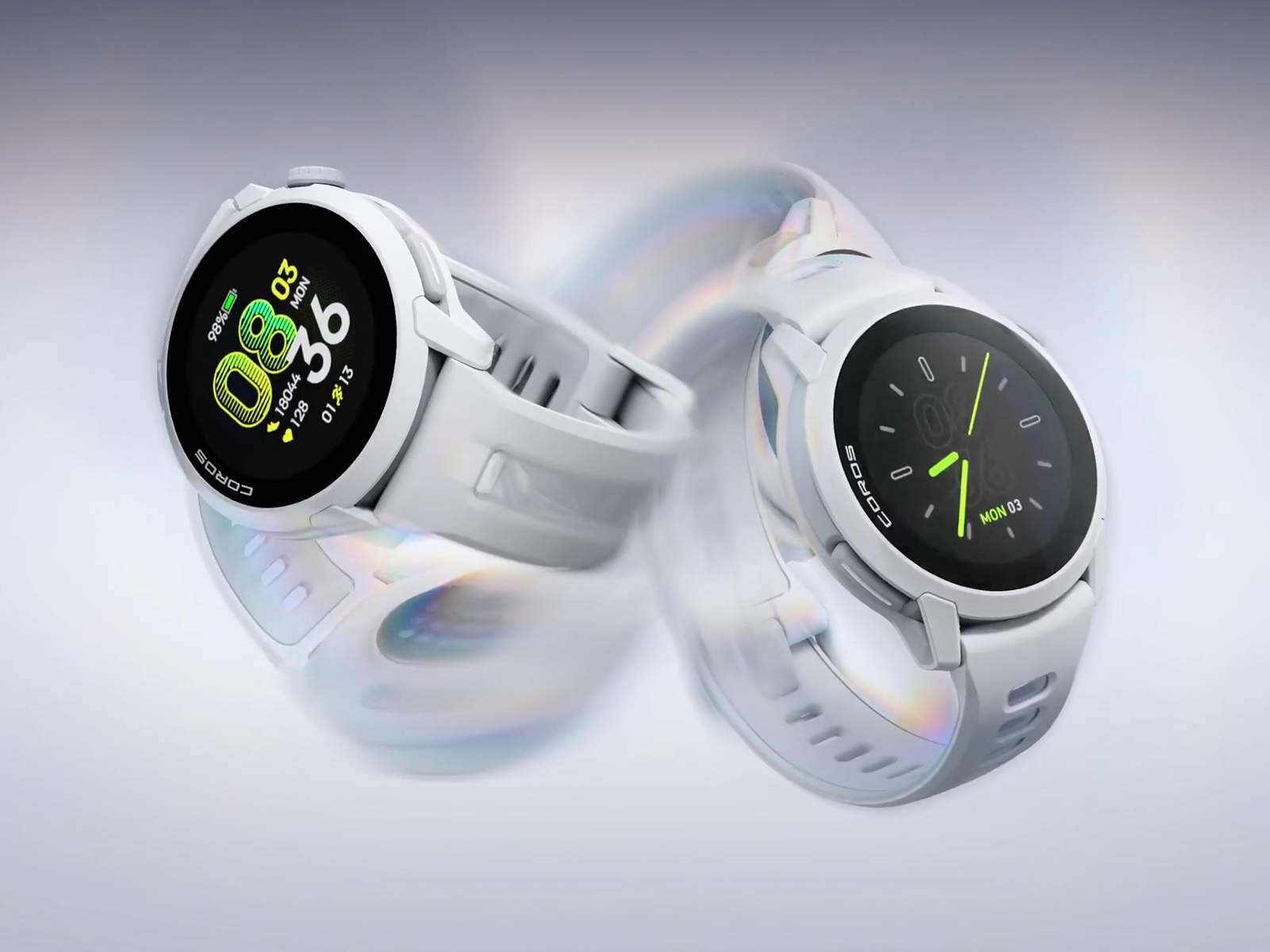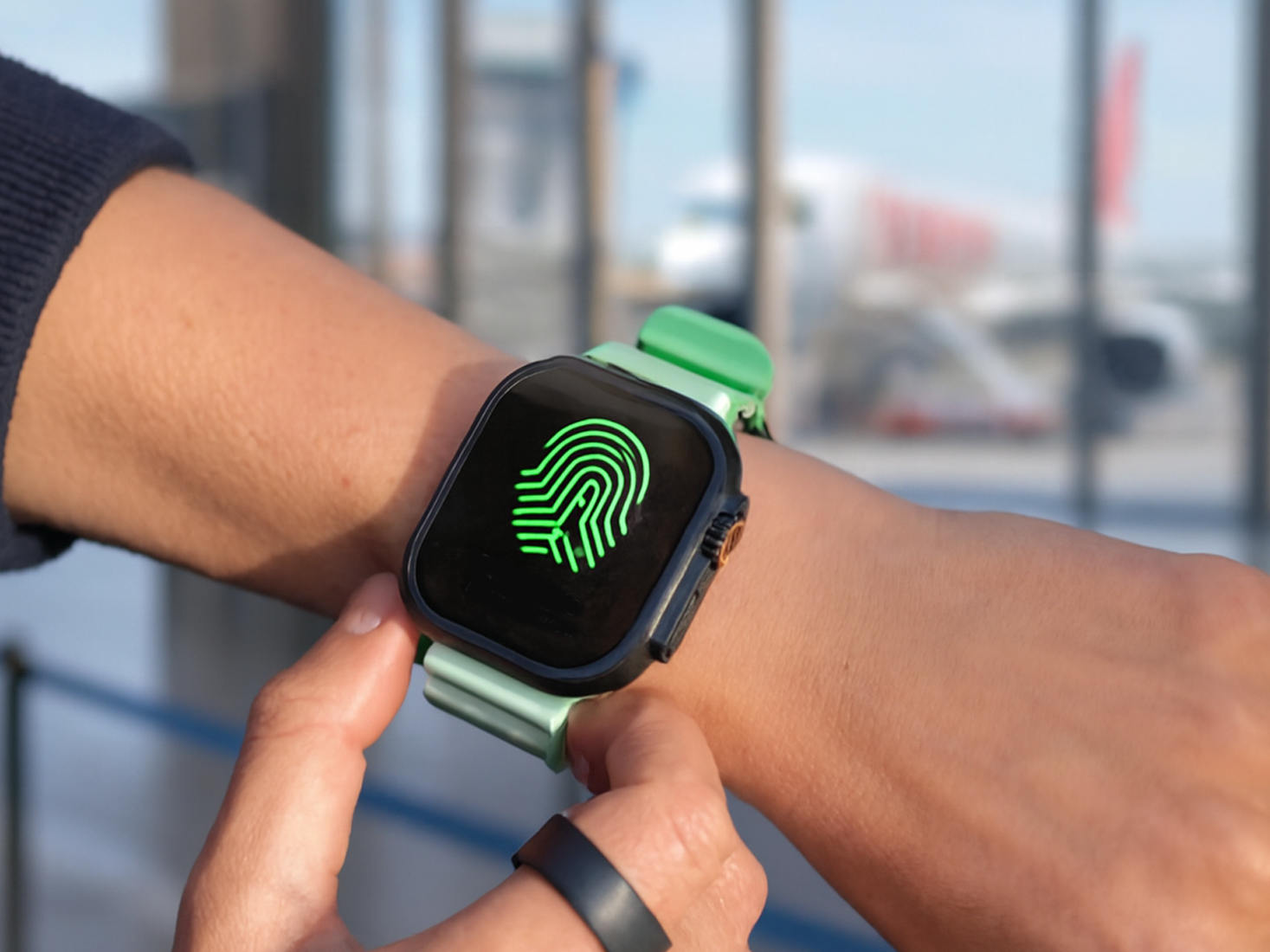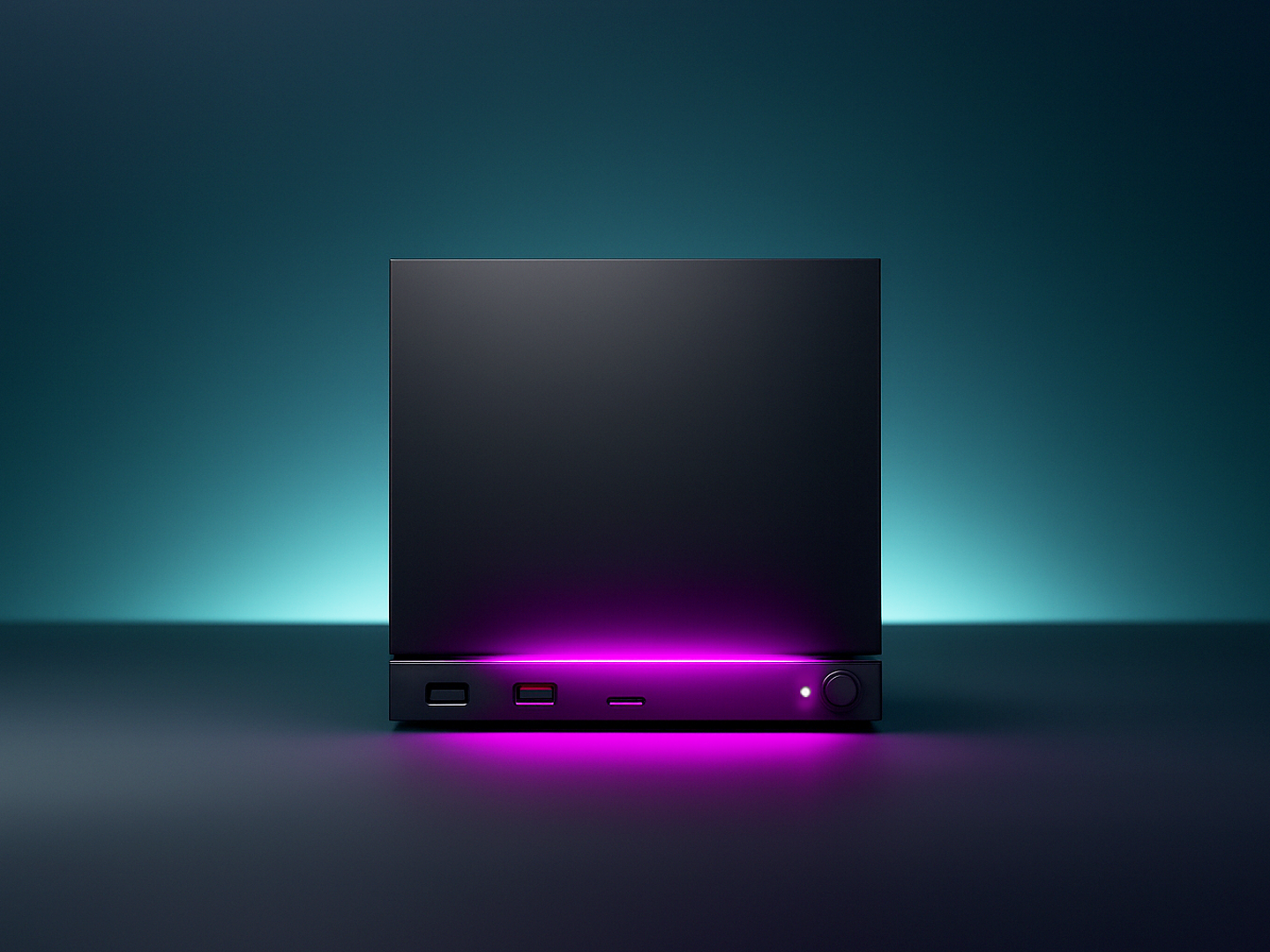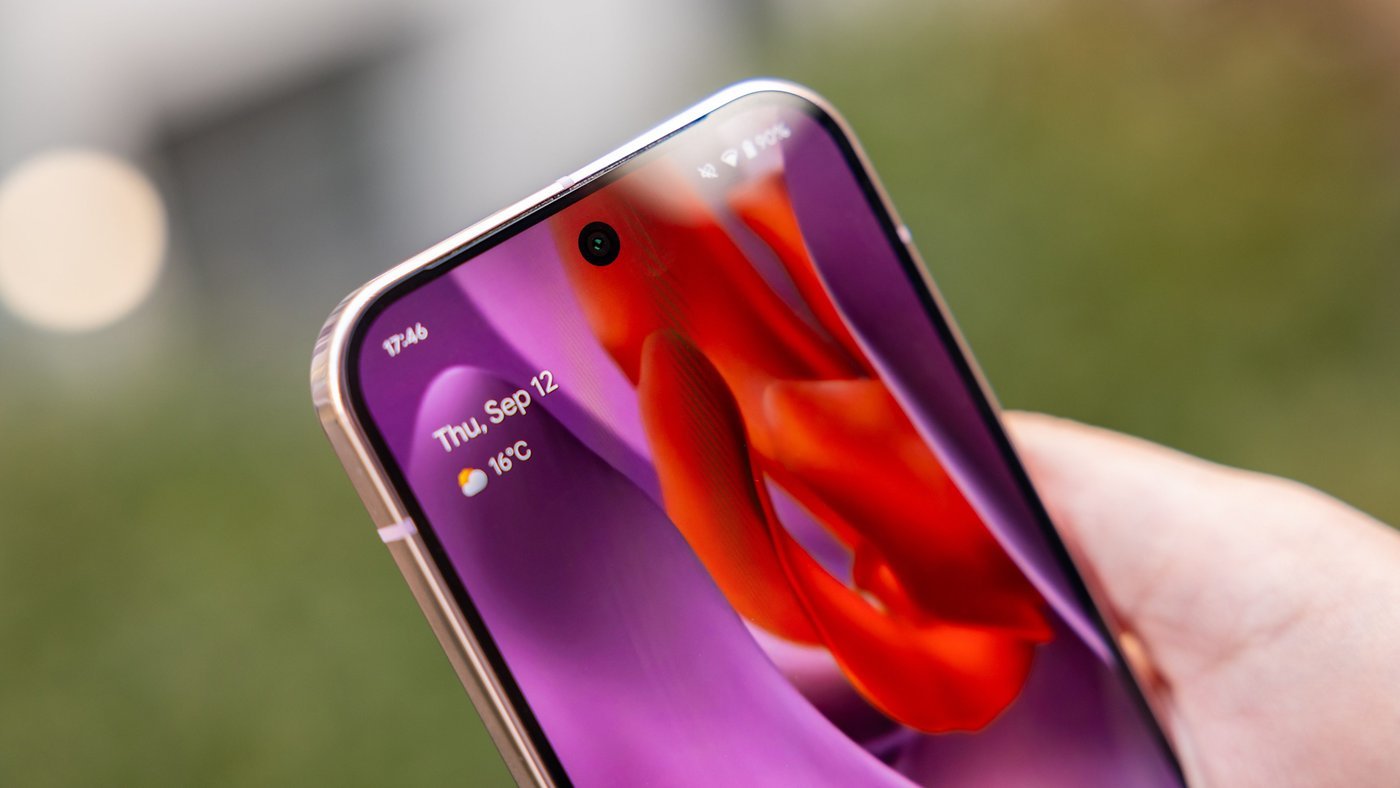
Google has been rolling out new battery and charging optimizations for Pixel smartphones, including bypass charging, which helps extend battery lifespan. Now, the company has announced a new feature called “Battery health assistance,” which will first arrive on the Pixel 9a through an upcoming update.
We all know that lithium-ion batteries degrade over time, with charging habits and heat being major contributing factors. Google has already tackled this with features like charging limits and adaptive charging, but Battery health assistance takes things a step further by actively managing battery longevity.
How Pixel Battery Health Assistance Works
According to an updated Google support page (via 9to5Google), the feature is designed to “manage the long-term health and performance of the battery.” It does this by adjusting the battery voltage in stages. The regulation process starts after 200 charge cycles and continues gradually until 1,000 cycles—which is the typical lifespan before a battery starts to show significant wear.
Your Pixel 9a will receive a software update that automatically helps manage the long term health and performance of its battery as it ages. This software will adjust the battery’s maximum voltage in stages that start at 200 charge cycles and continue gradually until 1000 charge cycles to help stabilize battery performance and aging.
Beyond voltage adjustments, Battery health assistance also modifies charging performance based on battery condition. This approach is similar to the recent Pixel 4a update, which throttled charging speeds for degraded batteries to reduce the risk of overheating or fire hazards.
For Pixel 9a owners, this feature will be entirely system-managed and non-customizable, meaning users won’t have the option to disable it. However, older Pixel devices may be able to toggle the feature on or off once it becomes available.
How Does Pixel Battery Health Assistance Compare to Other Brands?
When compared to battery management tools in other smartphones, Google’s approach is notably more advanced. Apple’s iPhones can monitor maximum battery capacity and use adaptive charging via Battery Intelligence, but their optimizations depend on a set charging pattern. Samsung’s Galaxy devices offer only a basic charge limit option. In contrast, Pixel’s Battery health assistance actively manages battery performance rather than just monitoring or restricting charge levels.
This enhancement aligns with Google’s commitment to long-term device support, especially with 7 years of software updates for newer Pixel models. By actively optimizing battery health, Google is ensuring that Pixel devices remain reliable for years to come.
At the moment, Google hasn’t confirmed which older Pixel models will receive the update, but it’s likely to roll out to the Pixel 9 and Pixel 9 Pro, as well as possibly last year’s Pixel 8a.
What do you think about Battery Health Assistance? Would you like to see similar battery management features on other Android smartphones? Please let us know in the comments!


